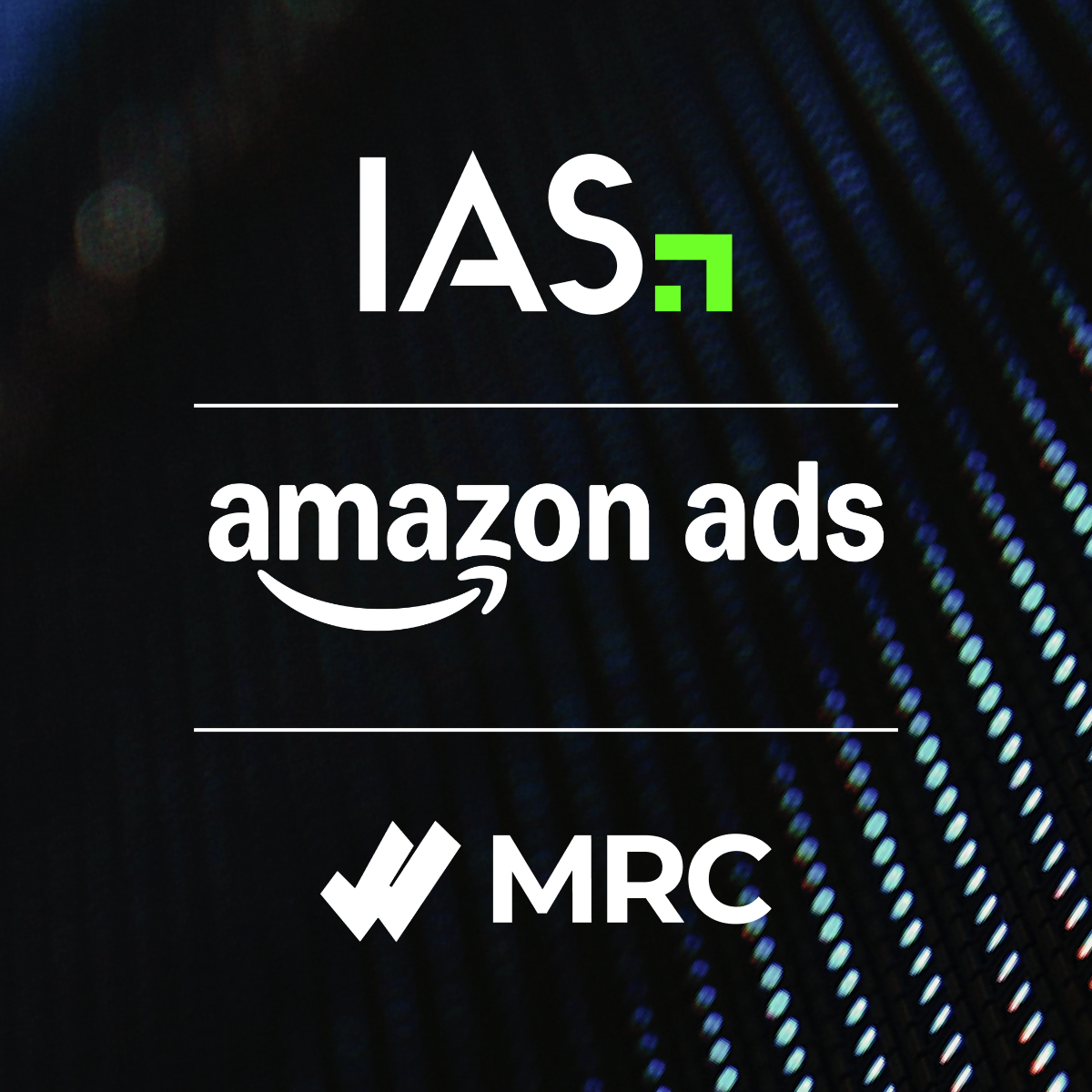Brand safety & suitability in a complex and ever-evolving digital ecosystem
Brand safety focuses on preventing ads from appearing next to content that is objectively harmful or inappropriate for a brand, such as hate speech, violence, or illegal activities.
Brand suitability, on the other hand, goes a step further, considering the nuanced context and alignment with a brand’s specific values and marketing goals. It helps ensure ads appear alongside content that not only avoids explicit harm but also resonates positively with the brand’s target audience and enhances conversion potential, leading to a contextually relevant and effective advertising experience.
At IAS, we provide advertisers, media buyers, and publishers with robust tools and actionable insights to make educated, data-driven decisions. We believe transparency is essential for the digital ecosystem to thrive, driving efficiency and safety for all participants.
The digital ad ecosystem is complex, and a multi-layered approach is necessary to mitigate risks, optimize media spend, and build confidence in digital investments. Our approach is designed to provide the most comprehensive, precise, and transparent solution for advertisers, assuring they have the right tools to protect their brand while maximizing reach — wherever they chose to spend their digital media dollars.
It’s ultimately up to advertisers to define and implement their brand safety and suitability preferences, ensuring alignment with their unique brand values, risk tolerance, and campaign goals.
The goal of this article is to provide our customers, and the industry as a whole, a better understanding of our total solution for brand safety and suitability management, for the best possible outcome.
Best Practices for a Multi-Layered Brand Safety Strategy
Define Your Brand Risk Tolerance and Objectives: Use IAS Context Control over keywords to balance protection and scale, and make sure your media plan aligns with your settings.
Leverage Pre-Bid and Post-Bid Controls: Pre-bid controls are integrated into media buying platforms (DSPs, social or video platforms) enabling buyers to bid on (or purchase) impressions that align to their unique needs. So why is it important to use pre-bid and post-bid controls together? One example benefit, within programmatic environments, is that the URL (or web page) reported in the bid request may not represent the actual web page originating the ad opportunity.
With IAS, post-bid controls offer an added layer of protection for buyers, since our post-bid tags are given the opportunity to find the true URL of a web page. This is in addition to the benefit of measuring multiple media quality metrics, such as viewability, IVT detection, geolocation and attention, in addition to brand safety.
We recommend using IAS Context Control pre-bid segments to target safe and suitable content, while applying IAS post-bid blocking and verification to refine strategy and enforcement.
Understand Blocking and Monitoring Options: A helpful tool to balance both protection and scale is the use of tags that either block or measure events when they occur. At IAS, post-bid controls include the option to either block or measure the occurrence of brand safety or suitability concerns. Advertisers choose the approach based on a variety of factors, including targeting parameters or campaign performance goals.
It’s important to keep in mind that blocking can be limited by technical factors, such as a user’s preferences in a web browser or the acceptance by publishers.
Use Quality Sync to Improve Governance and Operational Efficiency: Media buying operations often include multiple teams working together in separate locations around the globe to set up, display, and optimize dozens or even hundreds of advertising campaigns at any given time. Many CMOs and media departments want brand suitability standards implemented uniformly across all campaigns while maximizing team productivity.
IAS Quality Sync integrates with major DSPs to synchronize pre-bid brand safety and suitability settings with post-bid measurement and blocking to maximize media efficiencies, reduce operational workload, and support a uniform governance of standards across DSPs. Advertisers can simply set it once and apply it everywhere.
Make sure to share your IAS settings with the publishers for direct buys.
Promoting Scale While Protecting Brands: At IAS, we dissuade advertisers from relying on keyword exclusion tactics that scan for a single word (or words) on an entire webpage of content. Instead, our Context Control avoidance solution offers granular text analysis, reducing overblocking without relying on domain or keyword exclusion lists. We offer a vast number of configuration options, including both off-the-shelf and self-service, based on hundreds of content categories, emotion classification, and sentiment analysis.
Other tools, like domain and app exclusion and inclusion lists, are also available to meet advertiser objectives.
- Additional approaches:
- Consider the source: Advertisers may decide to reduce or eliminate certain restrictions for some publishers. For example, a brand may decide that running next to content relating to “crime” on a news publisher is less of a concern, and the audience reach is a greater priority. Advertisers can easily accomplish this at the campaign-level within IAS Signal.
Take Advantage of Transparency in Reporting: URL-level reporting is a great way to complement aggregated views of information. IAS provides URL-level reporting by default for every customer leveraging our Brand Suitability technology on the content that we label as unsafe or unsuitable. URL-level reporting is a self-service feature available within our custom report builder and summarizes the number of impressions labeled by each selected brand suitability segment or keyword, at the full URL level.
In addition, we recommend leveraging IAS’s Total Visibility to understand where ads appear and optimize efficiency. Total Visibility incorporates supply path data from major DSPs and SSPs, combined with advertiser-defined media quality metrics, to provide full visibility into the programmatic buying. At the domain level, an ad buyer can see the full supply paths to purchase, along with metrics that quantify quality and value.
Continuously Optimize Brand Safety Settings: Regularly review URL-level and Total Visibility reports to continuously optimize your media buys. Review and adjust suitability thresholds and brand safety preferences using IAS Signal insights to meet the needs of your brand.
IAS provides full transparency, as well as consistent media quality metrics across environments to help you make the best decisions and have informed discussions with media partners.
Navigate Brand Safety and Suitability with Confidence
The digital ad ecosystem is complex and ever-evolving. That’s why a multi-layered approach to brand safety is key to confidently safeguard and scale your brand no matter where you’re spending your ad dollars.
By leveraging a multi-layered strategy — which includes implementing pre-bid and post-bid controls, improving governance, and continually optimizing settings, among other tactics — advertisers can fine-tune their approach to align with their unique brand values and campaign goals. With IAS, advertisers have the tools and insights needed to navigate brand safety with confidence and drive superior results.
 Share on LinkedIn
Share on LinkedIn Share on X
Share on X

